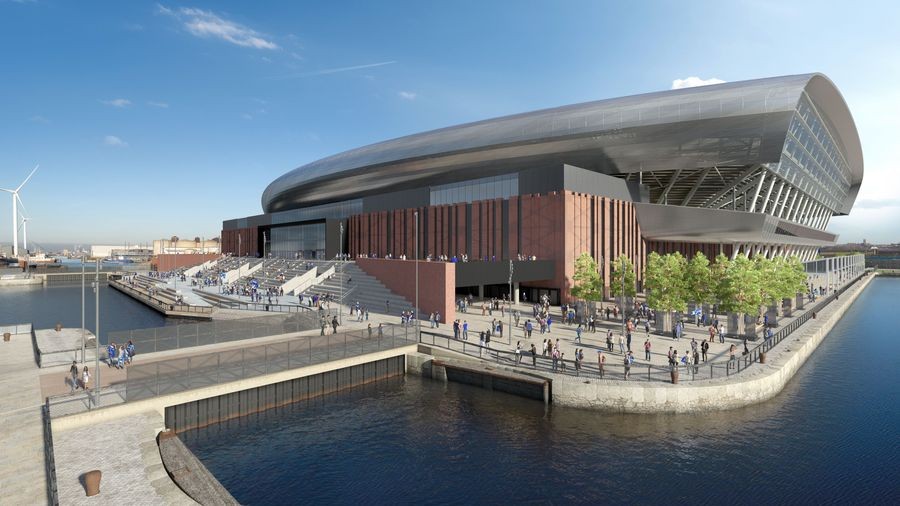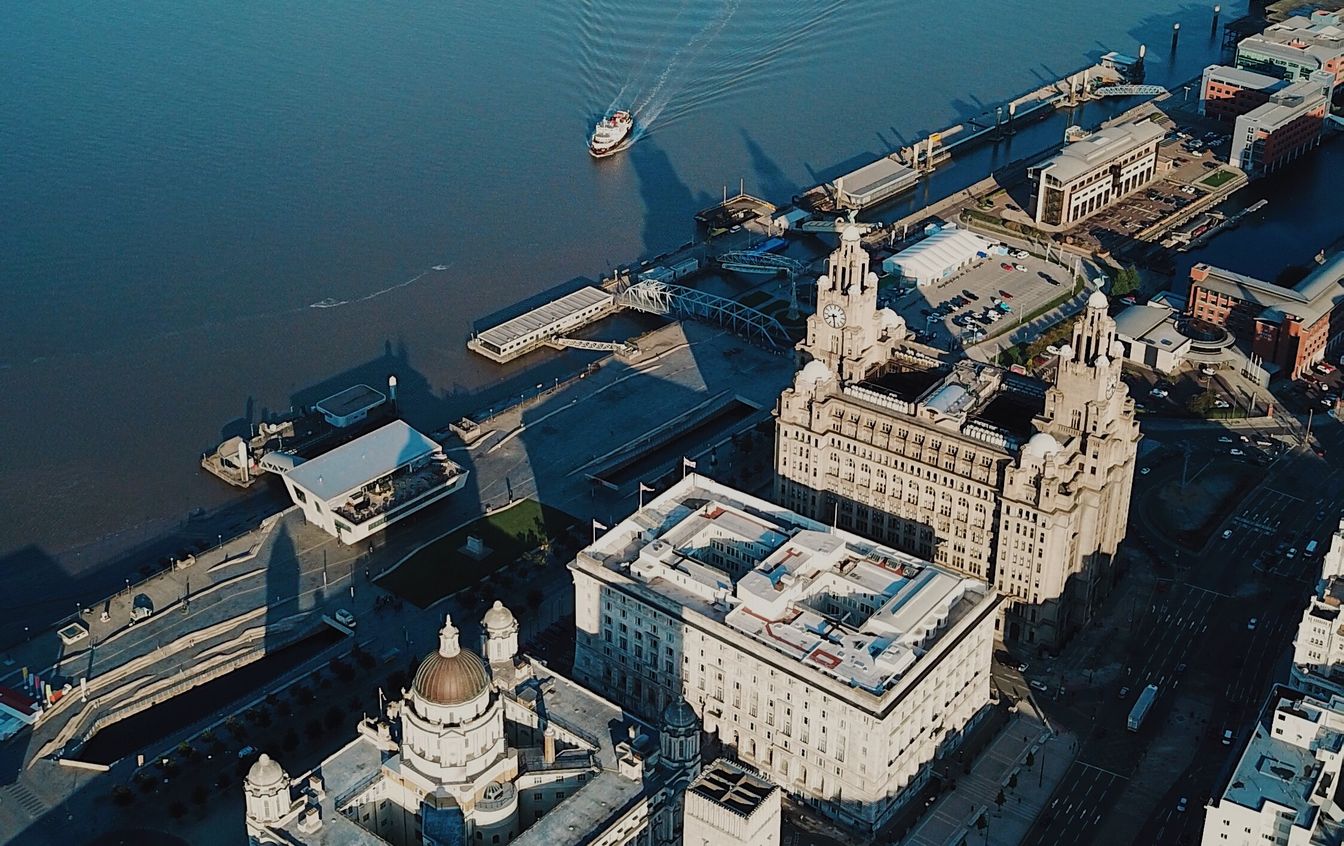Liverpool: UNESCO out, Everton in – it begins!
source: StadiumDB.com [MK]; author: michał
 Though the city lost its place on UNESCO’s World Heritage List, it might gain much more in the long run. New stadium of the Toffees is just one of numerous developments, to be developed along the riverfront.
Though the city lost its place on UNESCO’s World Heritage List, it might gain much more in the long run. New stadium of the Toffees is just one of numerous developments, to be developed along the riverfront.
Advertisement
Perhaps without an official ceremony (that’s expected in August at the latest), but it was a grand day not just for Everton but the world of football overall. Just think about it: come 2024, the over century-long coexistence of Liverpool FC and Everton will be no more. While both teams will remain within the city, the magic of their stadia being just 700 metres apart, on opposite sides of Stanley Park, will no longer exist.
We’re still years away from Goodison Park being replaced by a new mixed-use development, change is in the air. On Monday, July 26, Peel (main developer of the Liverpool Waters megaproject) transferred land with the Bramley-Moore Dock to Everton FC. The club, in turn, immediately forwarded the plot to construction giant Laing O’Rourke, who are to deliver the new football stadium.
Laing O’Rourke’s job is to deliver the entire 52,888-seat stadium, though early weeks will focus on clearing the site and preserving its historical elements, like the main gate, external walls and hydraulic tower. The stadium is expected to consume some £500 million (now representing €584m / $688m) and the Toffees have pledged £55 million (€64m / $76m) to preserve/restore historical parts of the area.
The new stadium will sit just beside the Mersey riverfront, with partial view onto the new city centre. Fans will also have the rare opportunity to gather around the dockland waterfront. Most of the Bramley-Moore Dock itself will be filled, of course, however the area will remain surrounded by water.
In order to pay respect to the historical surroundings, the new stadium is divided into two volumes, the lower of which will be clad with bricks. Within the brickwork, a latticework pattern will be created, hommage to the great Archibald Leitch, architect of Goodison Park and numerous other stadia across the UK.
The upper volume, beginning with a viewing deck in the south, will be made with glass and metal, making it seemingly lighter and more reflective of light, thus less imposing. Because of spatial constraints but also fans’ wishes, the seating bowl is designed as very compact and steep, offering one single-tiered grandstand with safe standing.
Liverpool no longer on UNESCO’s list
Last Wednesday, slightly later than anticipated, Liverpool was deleted from the famous UNESCO World Heritage List. It’s only the third site globally to lose its recognition, which is a blow itself, and the Everton stadium was part of the decision.
As confirmed by UNESCO in a brief statement following the vote, implementation of the Liverpool Waters megaproject has caused irreversible loss of attributes conveying the outstanding universal value of the property.
Liverpool was added to the list only in 2004, in recognition of the historical Mersey riverfront. The area marked as “Maritime Mercantile City” consists of landmarks like the Liver Building but also of a long strip of docklands, now largely deteriorated and underused/unused. Once part of what made the UK an empire, the area is now largely defunct.
While the stadium seems to have been the final straw for UNESCO, it seems there was no way of appeasing the organisation in the long run. Liverpool was in an unenviable position: conservation of the entire Maritime Mercantile City meant leaving much of the riverfront derelict and nearly dead. Already in 2012, after the city opted to go forward with Liverpool Waters, the site was placed on UNESCO’s list of endangered properties.
Author: Michał Karaś
Advertisement
 StadiumDB
StadiumDB ©
©  ©
©